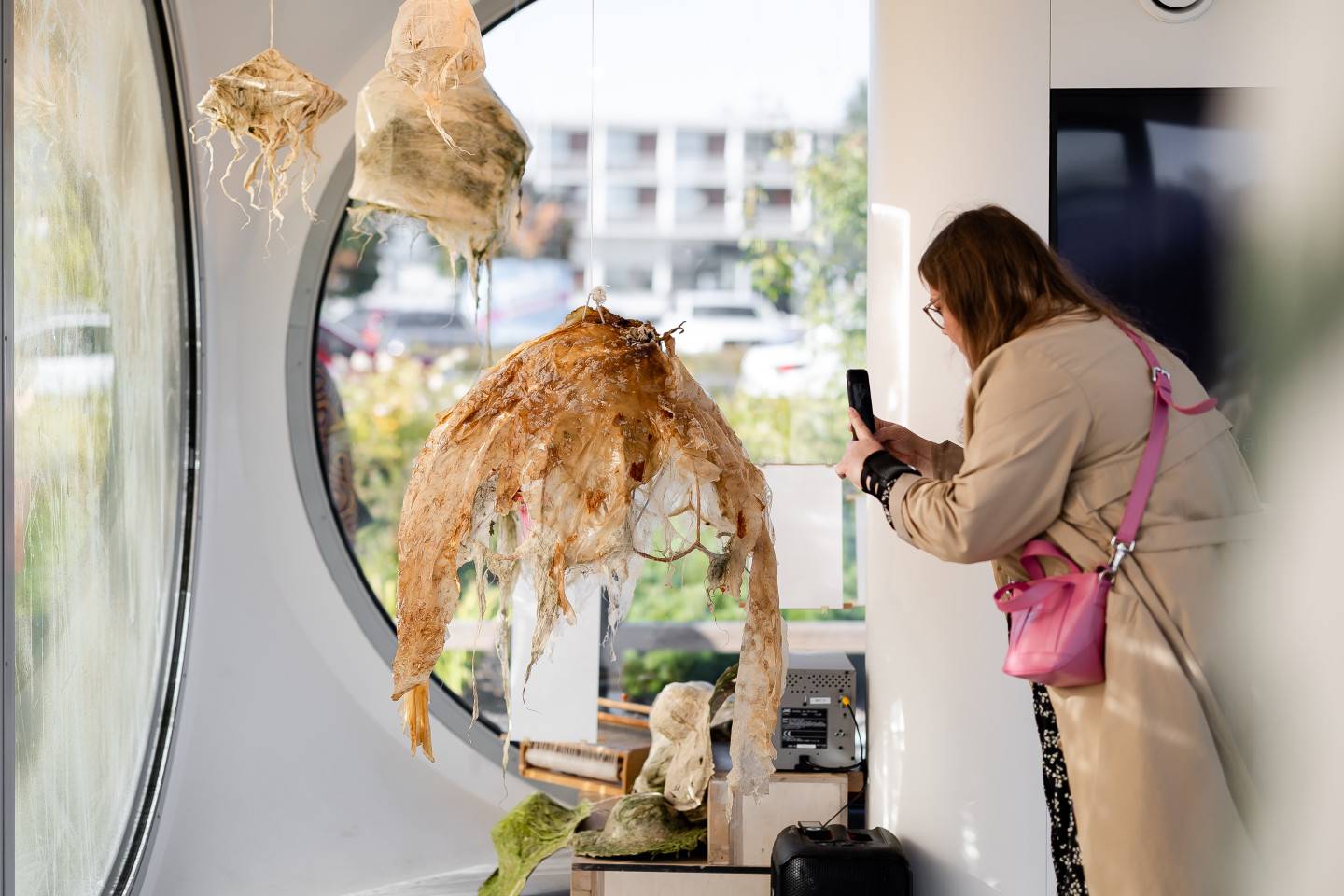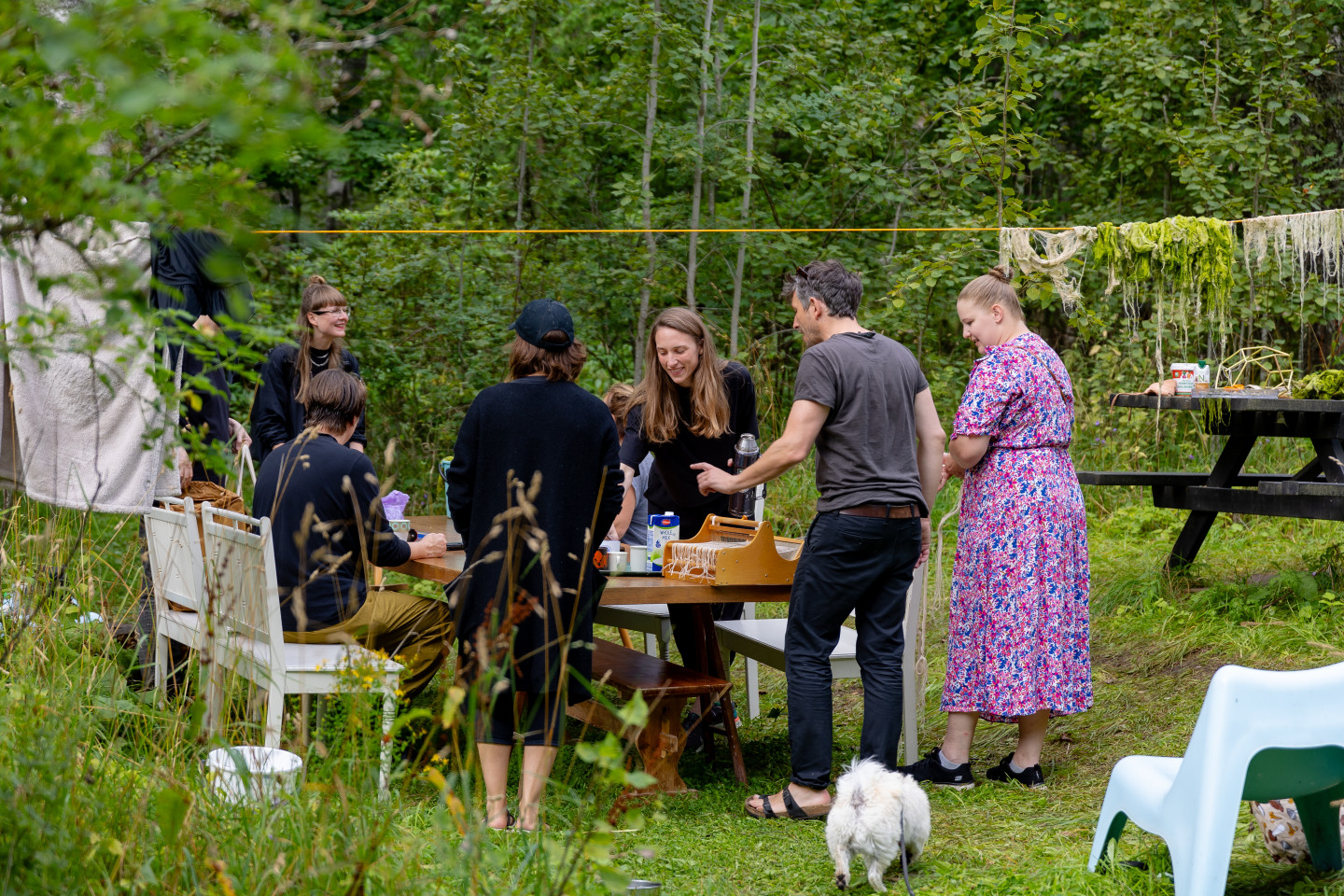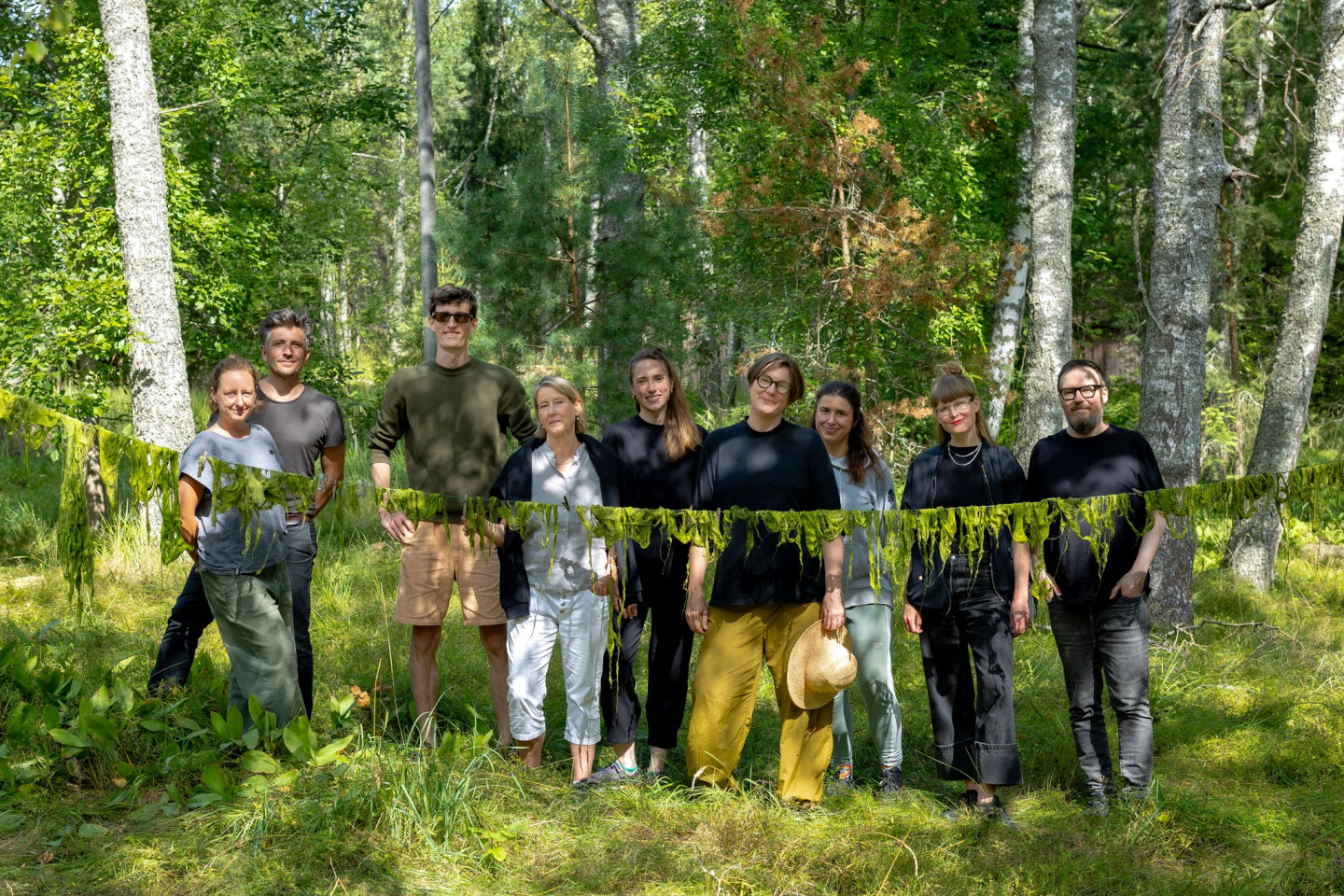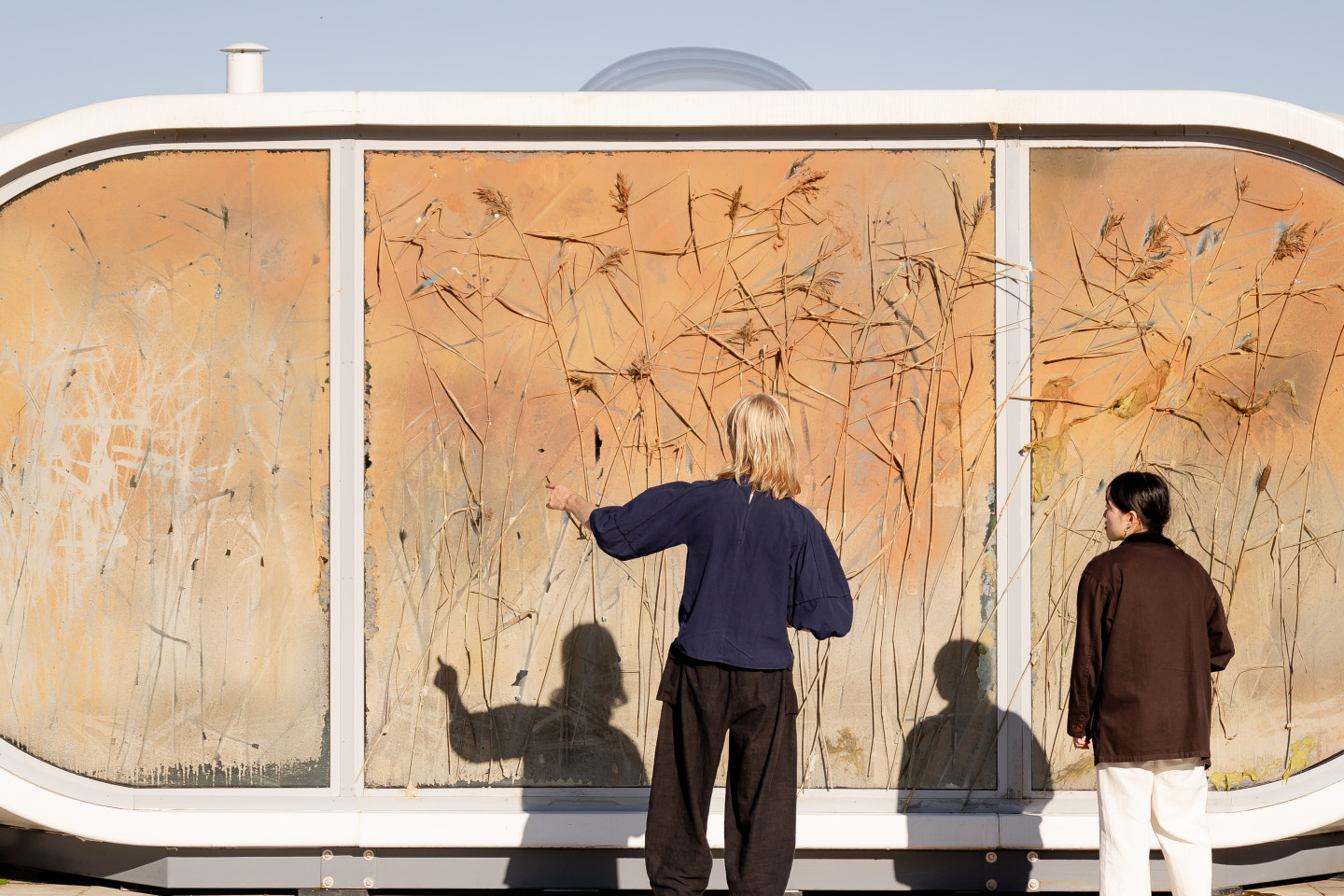Guarding the Baltic Sea is a multidisciplinary art project set on the island of Vartiosaari in the Helsinki archipelago in Finland. By bringing together artists from various countries, the project seeks to develop innovative solutions for ocean literacy.
Guarding the Baltic Sea aims to raise awareness of the ecological challenges the Baltic Sea and other bodies of water are facing, including climate change, pollution, and biodiversity loss.
Artists Ville Aslak Raasakka (Finland), Kristina Õllek (Estonia), Monika Czyżyk (Poland), Julia Lohmann (Germany), Camille Zisswiller and Nicolas Lefebvre (France) developed artistic practices that combine knowledge, empathy and action to bring innovative solutions for ocean literacy to life.
What happens beneath the surface is easily forgotten. For us the possibility to create stories with organisms is important, with voices we rarely hear.
Lefebvre Zisswiller, artist from France
The project asks the question: what could it mean to become guardians of the Baltic Sea in an era of environmental emergency and escalating geopolitical tensions. The Baltic - as a small inland sea - is considered a time machine, where the future effects of ecological changes, such as the global warming of sea temperatures, are already evident.
As an estuary of numerous rivers flowing across a vast area of Northern Europe, the Baltic Sea is also a transnational body of water. The complex challenges faced by the sea demand collaboration across boundaries, not only between states but also across different disciplines and sectors of society.
Artistic practices are acknowledged as having a critical role in the transdisciplinary efforts to address the socio-ecological urgencies of today. Art plays a role in mediating conversations between conflicting perspectives, and in envisioning alternative futures. It helps to amplify unheard voices and it opens up new ways of perception and understanding. It creates new approaches to reality and the relationships between human and non-human-entities, it appeals to all senses and enables empathy, and it strengthens the dialogue between art, science and politics.
Can art build bridges between humans and the unseen beneath the surface?
Elina Tuomarila, John Nurminen Foundation
During the summer of 2025, five artists has the chance to research and to weave connections across the sea in dialogue with each other, scientists, and the local communities. During residencies on the island of Vartiosaari (‘the guarding island’) in Helsinki, artists continued ongoing longer-term inquiries and discovered new paths of collaboration and experimentation.
Key milestones:
- Five artist residencies with workshops at Vartiosaari island
- the conference Voices of the Baltic Sea: Science, Art and Action at Hanasaari Hanaholmen
- the exhibition on Reimagining the future with the Baltic Sea at Venturo Studio Espoo
All of us can directly and personally benefit from interactions between our sector and the artistic community and from seeing things through the artist’s lens.
Rüdiger Strempel, Executive Secretary at HELCOM
Guarding the Baltic Sea leaves behind a legacy of developed ocean literacy, artistic innovation with and for the Baltic Sea, and a new format of artistic residencies.
The thought-provoking events, discussions and collaborative efforts have set a new standard of sustainable work in the art community for the fragile ecosystem, inspiring future generations to engage in meaningful dialogues and actions towards a sustainable future of the water bodies, seas and the Baltic sea.
Following the project, partners were in discussion about developing the project further and a possible continuation of the project in 2026.




